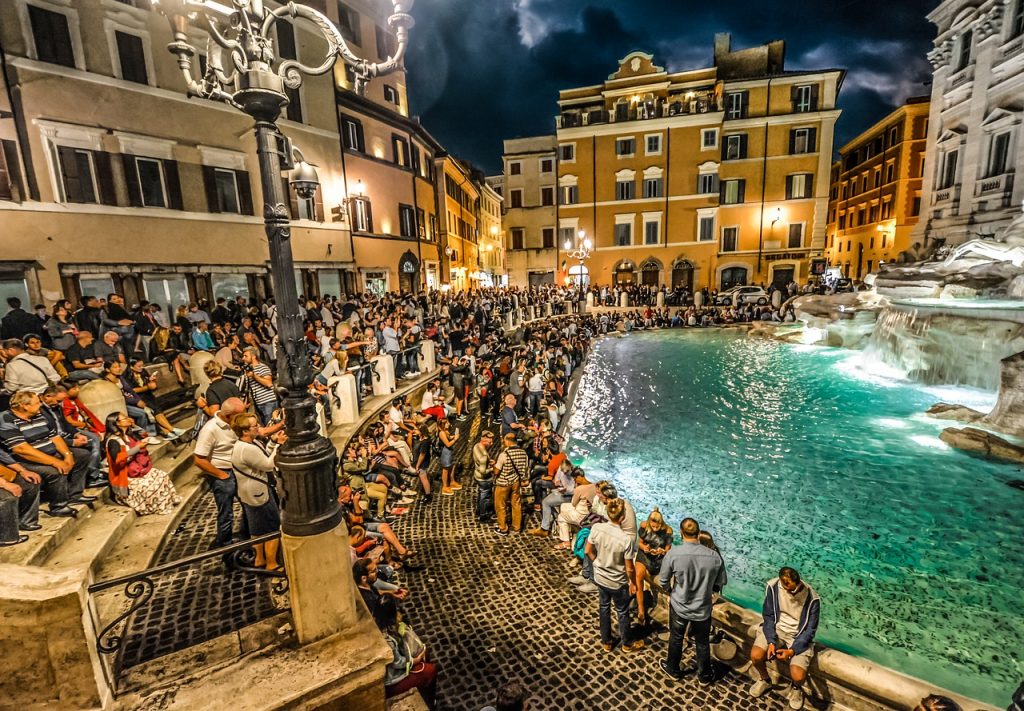For centuries, Italy has enchanted visitors with its rich tapestry of art, history, and culture. The allure of its ancient ruins, Renaissance art, and picturesque landscapes has cultivated a timeless romance between the country and its admirers. However, this age-old love affair is reaching a turning point as overtourism begins to strain the relationship, creating challenges that both locals and tourists can no longer ignore.
The Allure of Italy
Italy’s charm lies in its diverse offerings: the grandeur of Rome’s Colosseum, the romantic canals of Venice, the artistic treasures of Florence, and the sun-kissed Amalfi Coast. These iconic destinations have long drawn millions of visitors each year, eager to immerse themselves in the Italian way of life. This influx of tourists has been a boon for the economy, generating substantial revenue and supporting countless jobs in the hospitality and service industries.
The Downside of Popularity
However, the very popularity that fuels Italy’s tourism industry is also its greatest challenge. Overtourism has led to overcrowding, environmental degradation, and the erosion of local culture. Historic cities are grappling with the wear and tear on their ancient infrastructures, while locals face rising living costs and a diminished quality of life.
Venice, for example, has seen its population dwindle as the influx of tourists makes daily life increasingly difficult for residents. The city’s narrow streets and delicate canals are overwhelmed by the sheer volume of visitors, prompting concerns about sustainability and the preservation of its unique heritage. Similarly, in Rome, the constant flow of tourists to sites like the Trevi Fountain and the Spanish Steps has necessitated stringent crowd control measures to protect these landmarks.
Impact on the Environment
The environmental impact of overtourism is another critical issue. Coastal regions and rural areas are experiencing ecological strain as natural habitats are disturbed and resources are overused. The Cinque Terre, a cluster of five picturesque seaside villages, has had to implement visitor quotas to prevent the fragile cliffs and marine ecosystems from being overwhelmed by the surge of tourists.
Seeking Sustainable Solutions
In response to these challenges, Italy is exploring various strategies to balance tourism with sustainability. Efforts to promote lesser-known destinations aim to distribute tourist traffic more evenly across the country. Regions like Puglia, Basilicata, and the Dolomites offer rich cultural experiences and stunning landscapes without the overwhelming crowds of more famous locales.
Moreover, initiatives to encourage responsible tourism are gaining traction. Educating visitors on the importance of respecting local customs, preserving natural sites, and minimizing their environmental footprint is crucial. The introduction of tourist taxes in cities like Venice and Florence is also designed to mitigate the impact of large visitor numbers and fund preservation efforts.
A Path Forward
The future of Italy’s relationship with its admirers hinges on finding a sustainable path forward. While the love affair between Italy and its visitors is unlikely to fade, it must evolve to ensure that the country’s cultural and natural treasures endure for generations to come. By fostering a more sustainable and respectful tourism model, Italy can continue to enchant and inspire, maintaining the delicate balance between welcoming the world and preserving its unique identity.
As Italy navigates this turning point, the hope is that both locals and tourists will embrace a shared responsibility to protect and cherish the very elements that make Italy so captivating. Only then can the timeless romance between Italy and its admirers continue to flourish.

